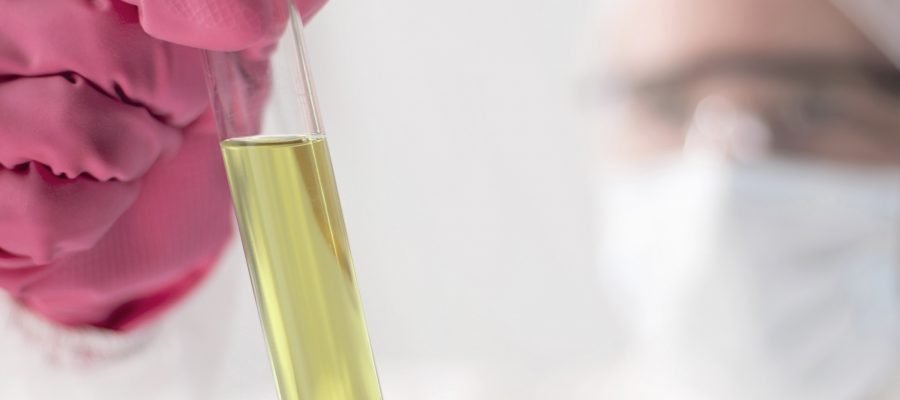At a recent conference I was asked my opinion on what to do with a patient who had a certain ratio of estriol / (estrone + estradiol). While it is interesting to discuss the potential benefits of a particular relationship between these hormones, there was a more fundamental problem. The values were from salivary testing. While a good estradiol assay in saliva is an acceptable test in some situations, the testing systems available for estrone and estriol are quite limited.
The quality of those assays are marginal at high concentrations (pregnancy, supplementation) and quite poor at low concentrations (premenopausal and especially postmenopausal). Most of the testing systems, for example, used for salivary estriol are intended for serum use or for saliva for pregnant women (in the second and third trimesters where levels are VERY high). The accuracy and reproducibility at lower concentrations is just not great.
To further complicate matters, these tests are all independent of each other. What do I mean by that? If you do a mass spectrometry test (GC-MS, LC-MS/MS or preferably GC-MS/MS) all three measurements come from one sample preparation and one instrument injection. Salivary estrone and estriol tests that I have examined are usually no better than plus or minus 20%. A good mass spec assay will be <15%. Our particular assay is <10% for all three. This is good, but there is another advantage. When a mass spec assay leans one way or the other (high or low), all of the estrogens tend to “lean” in the same direction. Meaning, if estrone happens to run 5% high on a particular test, estradiol and estriol tend to run just a little high too. The ratio of those three hormones will be much more stable with a mass spec assay than with immunoassays. Indeed if you look at the reproducibility of E3/(E1+E2), which is a common ration that is examined, it is also less than 10% variability. It is highly unlikely that you will get accuracy or reproducibility that approaches that from a mass spec assay with the immunoassays used in salivary testing.
I am not a huge proponent of this particular ratio in clinical practice, but if you do find it useful I would encourage you to use only mass spec assays to examine the ratios of estrogens, especially if estrogen levels are not elevated. There are of course other ratios in urine testing that are relevant to the clinical picture. The types of assays used by Precision Analytical (LC-MS/MS and GC-MS/MS) are best suited for those types of explorations. I think the most practical way to show the benefit of measuring estrogens by our method is to compare average values with other methods. In saliva testing some labs show no difference between premenopausal and postmenopausal women (on average). I know it sounds crazy, but I can show you specific examples from well-respected labs of ranges for estradiol where the range for postmenopausal women is actually HIGHER than for premenopausal women. If you use a better lab with a more accurate assay you will typically find that there is about a factor two difference between the two groups (for example, 1pg/ml for the average postmenopausal woman and 2pg/ml for premenopausal). Our assay shows a 10-fold difference between those two groups. This is much better differentiating power and makes it much more useful for trying to determine the estrogen status of an individual. Having 10 other metabolites to verify the clinical status of a patient is also helpful.
We are committed to using the most accurate methods available to help you confidently determine your patient’s hormonal status! If you have any questions on this topic, please do let me know. I’d love to hear from you!



